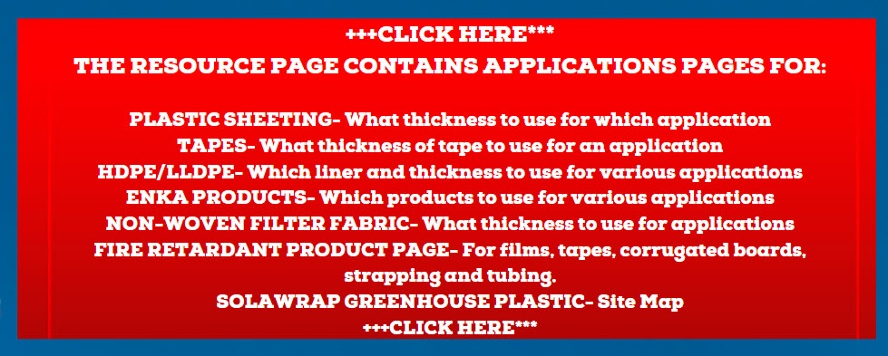Flowback Pits: Managing Fluids in Oil and Gas Operations for Effective Flowback Phase
In the realm of oil and gas operations, various infrastructure and systems play crucial roles in facilitating the extraction and production processes. One such element is the flowback pit. This comprehensive blog will shed light on the nature and purpose of flowback pits, where they are commonly used, and their significance in the industry.
What is a Flowback Pit? A flowback pit, also known as a flowback tank or frac tank, is a large container designed to store and manage fluids that return to the surface during the flowback phase of hydraulic fracturing operations. Flowback refers to the initial phase after hydraulic fracturing, where the injected fluids and naturally occurring reservoir fluids flow back to the wellhead, along with other components such as proppants, dissolved solids, and hydrocarbons.
Where is it Used? Flowback pits are predominantly employed in the oil and gas industry, specifically during the hydraulic fracturing process. This technique is employed to stimulate the flow of natural gas or oil from shale formations deep underground. Flowback pits are primarily utilized in regions where hydraulic fracturing operations are prevalent, including major shale plays such as the Permian Basin, Eagle Ford, Marcellus, and Bakken formations.
Purpose and Function: Flowback pits serve multiple purposes and play a pivotal role in ensuring the efficient and safe management of fluids during the flowback phase. Some key functions and uses of flowback pits include:
-
Fluid Collection and Storage: Flowback pits provide a designated space for collecting and storing the fluids that flow back from the well during hydraulic fracturing. These fluids typically include a mixture of water, chemicals, hydrocarbons, and solid particles.
-
Separation of Materials: The flowback pit allows for the separation of different components within the fluid, such as proppants, hydrocarbons, and water. This separation enables the extraction of valuable resources while facilitating proper disposal or treatment of any waste materials.
-
Temporary Storage Solution: Flowback pits act as temporary storage containers for the collected fluids until further processing or disposal takes place. They provide a controlled environment to manage the fluids while minimizing the risk of spills or environmental contamination.
-
Environmental Protection: Flowback pits are designed with containment measures to prevent leaks and protect the surrounding environment from potential fluid leakage or seepage. Proper maintenance and adherence to regulations are essential to minimize any potential environmental impacts.
Design and Construction Considerations: Flowback pits are typically built with durable materials to withstand the corrosive nature of the fluids they contain. Lined flowback pits, such as those constructed using LLDPE (Linear Low-Density Polyethylene), offer enhanced resistance to chemicals, hydrocarbons, and UV exposure. These liners ensure the integrity of the pit, preventing leakage or seepage that could lead to environmental contamination.
Lining a Flowback Pit:
LLDPE (Linear Low-Density Polyethylene) is extensively used for lining flowback pits in the oil and gas industry. Flowback pits are specifically designed to collect and store the fluids that return to the surface during the initial stages of well completion and hydraulic fracturing operations.
LLDPE liners are an ideal choice for these pits due to their exceptional physical and chemical properties. The primary function of an LLDPE liner in a flowback pit is to provide a reliable barrier that prevents the flowback fluids from seeping into the surrounding environment and groundwater.
Here's how LLDPE is utilized in conjunction with flowback pits:
-
Secure Containment: LLDPE liners are fabricated into large sheets that are custom-fitted to line the bottom and sides of the flowback pit. These liners create a watertight barrier, ensuring that the flowback fluids remain contained within the pit, eliminating the risk of contamination.
-
Durability and Strength: LLDPE is known for its high tensile strength, puncture resistance, and tear resistance. These properties make it capable of withstanding the demanding conditions associated with flowback operations, including the handling of heavy equipment and abrasive materials.
-
Chemical Resistance: Flowback fluids often contain a mixture of chemicals, hydrocarbons, and solids. LLDPE liners possess excellent resistance to a wide range of chemicals, including acids, bases, and hydrocarbons. This chemical resistance ensures that the liners remain intact and unaffected by the corrosive nature of the fluids they come into contact with.
-
UV Stability: LLDPE liners are engineered to withstand prolonged exposure to UV radiation from the sun. This UV stability prevents the liners from degrading over time and ensures their long-term performance, even in outdoor applications.
-
Installation and Maintenance: LLDPE liners are relatively easy to install, allowing for efficient and cost-effective lining of flowback pits. Additionally, their smooth surface facilitates easy cleaning and maintenance, ensuring the pit remains in optimal condition for repeated use.
By using LLDPE liners, flowback pit operators can effectively manage and contain the flowback fluids, mitigating the potential risks associated with groundwater contamination and environmental damage. The superior properties of LLDPE make it a reliable choice for constructing durable, secure, and environmentally responsible flowback containment systems.
Conclusion: Flowback pits play a vital role in the oil and gas industry, specifically during the flowback phase of hydraulic fracturing operations. They provide a controlled and efficient means of collecting, separating, and storing fluids that return to the surface during the extraction process. By understanding the purpose and significance of flowback pits, we can appreciate the industry's commitment to responsible fluid management and environmental stewardship.



